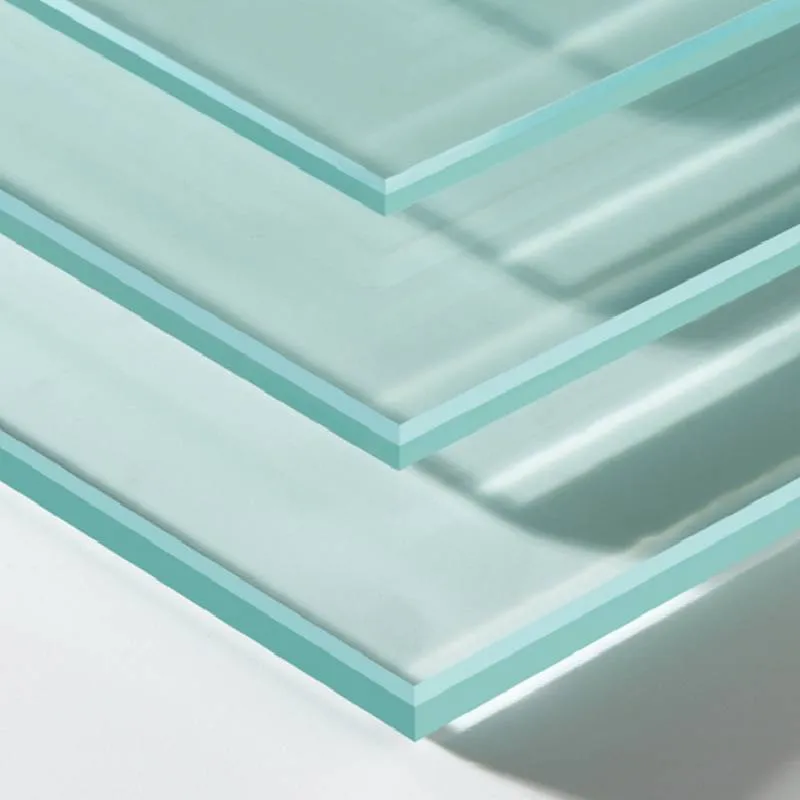Understanding Tempered Glass Its Meaning and Importance in Modern Architecture
Tempered glass, also known as toughened glass, is a type of safety glass that has been treated through controlled thermal processes to increase its strength compared to normal glass. This transformative process not only enhances its physical properties but also significantly impacts its application across various industries, particularly in architecture, automotive, and interior design.
The meaning of tempered glass extends beyond its definition. It represents a significant advancement in glass technology, making it a preferred choice for environments where safety and durability are paramount. The process of tempering involves heating the glass to a high temperature, typically around 620 to 700 degrees Celsius, and then cooling it rapidly. This thermal treatment creates internal stresses within the glass, making it much stronger than its non-tempered counterparts, capable of withstanding impact and thermal shock.
Understanding Tempered Glass Its Meaning and Importance in Modern Architecture
In commercial architecture, tempered glass plays a crucial role in the design and functionality of buildings. It is often used in skyscrapers and large commercial spaces for its strength, allowing for larger panes of glass that can enhance natural light and create an open, inviting atmosphere. Additionally, tempered glass can be manufactured in various tints and textures, granting architects the flexibility to design innovative and visually striking structures while complying with safety standards.
tempered glass meaning
The energy efficiency of tempered glass is another significant advantage. Many modern buildings incorporate tempered glass in their construction to improve insulation and reduce energy costs. With advancements in technology, it is now possible to produce low-emissivity (Low-E) tempered glass, which reflects infrared light while allowing visible light to pass through. This property not only contributes to a reduction in heating and cooling expenses but also enhances the overall comfort of indoor environments.
Furthermore, tempered glass is highly resistant to weather conditions, making it suitable for exterior applications. Its durability means it withstands harsh climates and resists corrosion, extending the lifespan of buildings and reducing maintenance costs for property owners. For these reasons, many contractors and architects choose tempered glass to ensure that their structures meet long-term performance expectations.
Overall, the meaning of tempered glass encapsulates its essential role in modern construction, providing a combination of safety, durability, energy efficiency, and aesthetic versatility. As technology continues to evolve, the applications of tempered glass are likely to expand further, integrating with smart technology and sustainability initiatives. In an era where safety and design must coexist, tempered glass stands out as an indispensable material that meets the demands of contemporary architecture.
In conclusion, tempered glass is more than just a type of glass; it embodies innovation and safety in architectural design. Its unique properties make it a valuable material that enhances the functionality and beauty of buildings while prioritizing the well-being of their occupants. As we move forward, the significance of tempered glass in our built environment will undoubtedly continue to grow, shaping the future of architecture and design.
 Afrikaans
Afrikaans  Albanian
Albanian  Amharic
Amharic  Arabic
Arabic  Armenian
Armenian  Azerbaijani
Azerbaijani  Basque
Basque  Belarusian
Belarusian  Bengali
Bengali  Bosnian
Bosnian  Bulgarian
Bulgarian  Catalan
Catalan  Cebuano
Cebuano  Corsican
Corsican  Croatian
Croatian  Czech
Czech  Danish
Danish  Dutch
Dutch  English
English  Esperanto
Esperanto  Estonian
Estonian  Finnish
Finnish  French
French  Frisian
Frisian  Galician
Galician  Georgian
Georgian  German
German  Greek
Greek  Gujarati
Gujarati  Haitian Creole
Haitian Creole  hausa
hausa  hawaiian
hawaiian  Hebrew
Hebrew  Hindi
Hindi  Miao
Miao  Hungarian
Hungarian  Icelandic
Icelandic  igbo
igbo  Indonesian
Indonesian  irish
irish  Italian
Italian  Japanese
Japanese  Javanese
Javanese  Kannada
Kannada  kazakh
kazakh  Khmer
Khmer  Rwandese
Rwandese  Korean
Korean  Kurdish
Kurdish  Kyrgyz
Kyrgyz  Lao
Lao  Latin
Latin  Latvian
Latvian  Lithuanian
Lithuanian  Luxembourgish
Luxembourgish  Macedonian
Macedonian  Malgashi
Malgashi  Malay
Malay  Malayalam
Malayalam  Maltese
Maltese  Maori
Maori  Marathi
Marathi  Mongolian
Mongolian  Myanmar
Myanmar  Nepali
Nepali  Norwegian
Norwegian  Norwegian
Norwegian  Occitan
Occitan  Pashto
Pashto  Persian
Persian  Polish
Polish  Portuguese
Portuguese  Punjabi
Punjabi  Romanian
Romanian  Russian
Russian  Samoan
Samoan  Scottish Gaelic
Scottish Gaelic  Serbian
Serbian  Sesotho
Sesotho  Shona
Shona  Sindhi
Sindhi  Sinhala
Sinhala  Slovak
Slovak  Slovenian
Slovenian  Somali
Somali  Spanish
Spanish  Sundanese
Sundanese  Swahili
Swahili  Swedish
Swedish  Tagalog
Tagalog  Tajik
Tajik  Tamil
Tamil  Tatar
Tatar  Telugu
Telugu  Thai
Thai  Turkish
Turkish  Turkmen
Turkmen  Ukrainian
Ukrainian  Urdu
Urdu  Uighur
Uighur  Uzbek
Uzbek  Vietnamese
Vietnamese  Welsh
Welsh  Bantu
Bantu  Yiddish
Yiddish  Yoruba
Yoruba  Zulu
Zulu 

